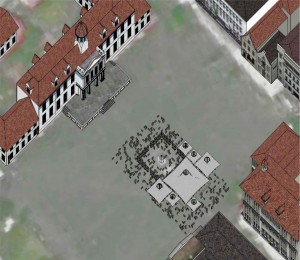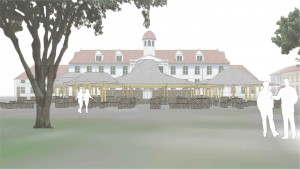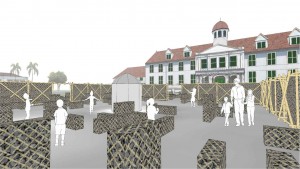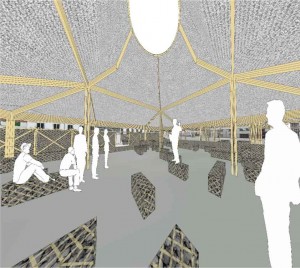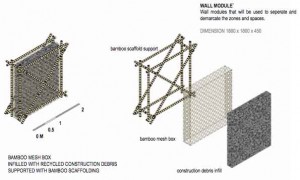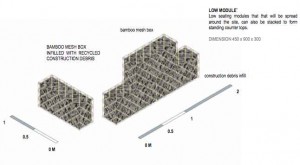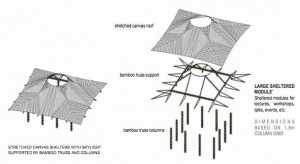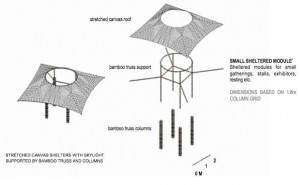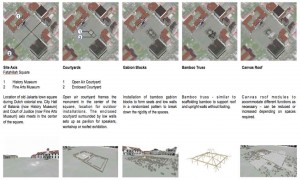JAKARTA IN MAKING - JAKARTA
JAKARTA ARCHITECTURE TRIENNALE 2018 - SHORTLIST
WRAP X PO WORKSHOP
Jakarta Architecture Triennale (JAT) 2018 will present for public proposals, materials, propositions, interventions, built or unbuilt works to imagine the future Jakarta from architectural perspective. The chosen site; Fatahillah Square formerly Batavia City Square used to be the city center of Jakarta during the Dutch colonial era, fronting of what used to be the Batavia Town Hall and the Court of Justice. Reclaiming the old Jakarta while acknowledging its Dutch influence presents an opportunity to ask of Jakarta what it needs to be to stand out from other international cities, hence the title - Jakarta in Making. The selection of speakers calls for architects and designers that innovate out of third world constraints and to foresee the future of these developing economies. Is there lessons from vernacular construction or will this always be in opposition to modern buildings.
Indonesia as a developing country should hold tighter its crafts and labour based economy in face of other advanced economies losing their manufacturing sector. With 16% of all fossil fuel consumed every year being used to turn raw materials into construction products, the question is asked whether the ubiquituous aluminium and glass skyscrapers duplicated all over the world is the answer to future Jakarta. Facing with the fact that Jakarta produces 6.27 tonnes of waste every day, much of it comes from construction waste, how would we approach sustainability in architecture and construction.
The answer might very well come from the everyday local Indonesian scene of construction sites. Scaffolding propped up with bamboo tied together, very quickly erected and easily cut. A natural material and the fastest growing timber - excellent in tension and can be bundled for increased strength - it is a wonder why this renewable resource is not heralded as a great construction material with the likes of modern steel. The forefathers prior to modernity knew of the humble bamboo - using them everywhere from weaving, to fishing traps, poles, fences and as structural members. On the other hand, concrete while a great architectural material being able to be shaped and moulded from its rough formwork represents one of the highest carbon emitting industry from cement production. Yet the sight of the demolished concrete rubble thrown onto landfills prompts whether there is any opportunity of reuse. Instead of mining spalls and rocks from granite hills, concrete rubble could perhaps be recycled as gabion material and perhaps paving and stepping stones.
The bamboo gabion infilled with concrete rubble as demonstrated in the installation might perhaps be the third world revolutionary fully recycled alternative to gabion walls and retaining. Framing the views in otherwise the open square plaza reintroduces the historical axis of Jakarta. And the canvas roof supported by bamboo trusses - a nod off the vernacular construction and Indonesian roof forms reclaim this space for the future of Jakarta to perhaps stand proud of its local construction culture and distinctive from other global cities.

